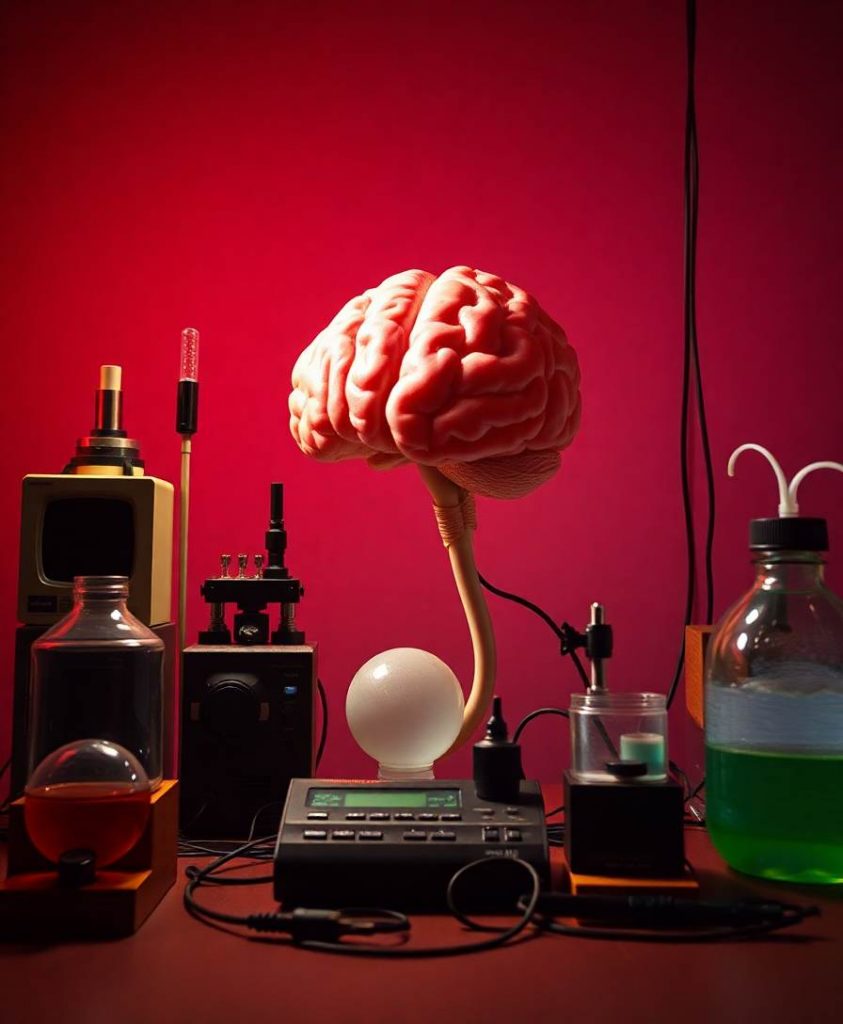Imagine trying to understand how a complex machine works by tinkering with its parts and observing the changes in its performance. That’s essentially what scientists do when they investigate the relationship between brain mechanism and function. But achieving persuasive causal perturbations, where they can confidently say cause and effect are at play, is no easy feat in cognitive neuroscience. However, a recent study by Ni et al. has come up with a brilliant solution by utilizing the neuropsychiatric drug methylphenidate, commonly known as Ritalin, as a tool to causally test the brain’s mechanisms behind goal-directed attention. It’s like using a specific wrench to turn a bolt and observing how it affects the engine’s performance! By administering Ritalin, researchers were able to perturb the brain’s normal functioning and examine the resulting impact on attention processes. This innovative approach opens up exciting possibilities for understanding the intricate workings of the brain. To dive deeper into this ground-breaking research, check out the full article.


